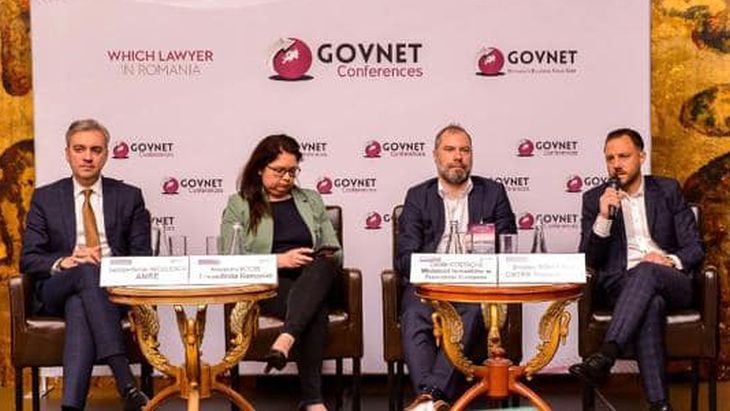Transelectrica’s Development Plan for the next 10 years foresees a budget allocation of almost 2 billion euros. The main goal of this plan is to strengthen the security of electricity supply, and a significant portion of the funds will go towards the construction of new overhead power lines to integrate renewable energy.
Bogdan Toncescu, member of the Transelectrica Directorate, spoke in detail about the company’s investment plans and projects for the period 2025-2030 during the “Romanian Solar Summit 2023” event, organized by the Govnet publication. To create additional renewable energy, plans call for expanding the transmission network, increasing interconnection capacity, and integrating solar power plants.
Bogdan Toncescu mentioned that starting in 2021, on the Transelectrica website, there is an interactive map that shows the capacity to integrate new energy in different regions of the country. Currently, there are two areas in Romania, Dobrogea and Banat, which cannot receive additional energy. For this reason, Transelectrica’s investments focus on developing integration capacity in these areas. By 2025, the company aims to add to the existing capacity 2,000 MW in Dobrogea and at least 500 MW in Banat. “By 2030, these capacities will double. We have advanced projects already under way, which will be completed by the end of 2025, and many of them with the time horizon of 2027-2030 are already in tender procedures or are to be tendered”, said Toncescu.
Transelectrica has signed financing contracts worth 424 million euros through the Modernization Fund and intends to submit new applications for projects that will benefit from financing from the same fund.
Another important aspect is the development of interconnection capacities, with a target to increase capacity from 3,000 MW today to 7,000 MW by 2030.
In addition to these objectives, the investment plans also include unique projects for Romania, such as the submarine cable interconnecting Romania with Georgia and Azerbaijan and an underground cable that will ensure the connection between the Black Sea and the border with Hungary, facilitating the export of energy produced in Romania to Central Europe.
Regarding the integration of renewable energy, last year Transelectrica received applications for approximately 45,000 MW from solar and wind sources. Bogdan Toncescu pointed out that connection technical approvals (ATR) have been issued for 4,500 MW and that currently there are approximately 3,000 MW for which connection contracts have been concluded, including 400 MW managed by Transelectrica. Regarding the technical connection notices issued, they amount to approximately 7,000 MW, of which 4,000 MW are the responsibility of Transelectrica. A potential of 6,000 MW is projected at the level of solution studies, which involve projects for which technical approvals for connection are to be provided. Thus, approximately 16,000 MW are currently being discussed in terms of connection contracts, opinions and solution studies. It is important to note that, to date, Transelectrica has not had any expired ATRs.
Referring to the current capacity of the grid, Toncescu said that, without considering the previously mentioned development projects, there is an additional capacity of 11,000 MW that can be integrated. Therefore, considering the existing capacity at the moment, the projects under development and the number of MW for which there are already projects submitted to Transelectrica, the integration of renewable energy can be achieved without problems, believes the quoted official. “For the near future, we are considering facilitating the entire process of obtaining an ATR in a digitalized and transparent system”, Bogdan Toncescu also declared.
